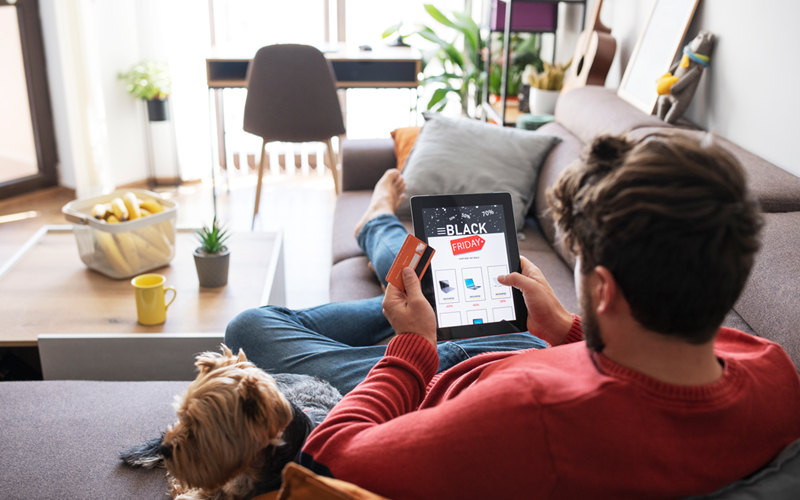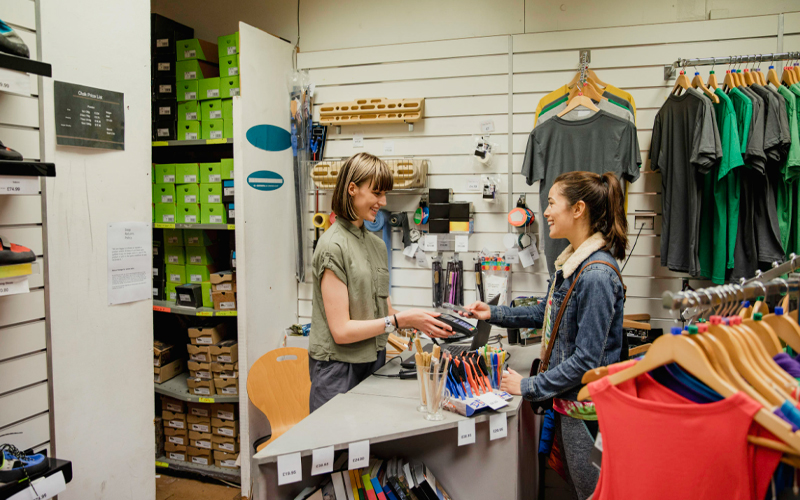Cost is often a decisive factor when customers evaluate brands to make purchases. No one can resist great deals, discounts, or offers that promise more value for money. Companies know this and use it to their advantage with pricing strategies and business plans that incentivise people to buy from them.
Promotional pricing is an important business strategy for attracting leads and increasing brand exposure. In this article, we will discuss what promotional pricing is and how to implement it successfully within your organisation.
What is promotional pricing?
Promotional pricing is a sales and marketing strategy where businesses temporarily reduce product or service prices to boost sales and attract new customers. It supports customer acquisition initiatives by drawing cost-conscious customers to the brand. It is among the most effective product pricing methods for improving short-term cash flow.
Promotional pricing strategies are most impactful when used briefly and with definite objectives. If overused, they may devalue your brand and erode profit margins. The best use cases of promotional pricing are –
- New launch offers
- Lead generation
- Customer loyalty rewards
- Clearance sales for old stock or excess inventory
- Seasonal sales
Types of promotional pricing
Strategically used promotional pricing can help you get products off the ground, engage customers, and stay competitive. Here are the prominent promotional product pricing methods that your company can use:
-
Flash sales
Flash sales offer substantial discounts on old inventory or popular products for a limited period. You can use flash sales to offload excess inventory, create space for new arrivals, and promote trending products to existing customers.
-
Coupons
Sales and discounts can attract new customers but may be ineffective in retaining them in the long run. Offering coupons or vouchers is a popular tactic for creating repeat sales opportunities.
Moreover, coupons are offered on a base product value, which ensures that customers spend the base amount to avail of the discount offer. -
Seasonal sales
Seasonal sales occur for extended periods at specific times of the year, such as holiday time or the start of a season.
Popular examples of seasonal sales are discounts on school supplies before the start of the school term or swimming gear during summer. Seasonal sales can help you enhance your brand’s perceived value by giving customers more value for their money.There are also end-of-season sales, such as discounted winter apparel at the end of the cold season, that help you downsize seasonal merchandise before your new stock arrives.
-
Loyalty programmes
Acquiring new customers can cost five times more than retaining old ones. It takes substantial effort and resources to generate and convert leads. In comparison, it is easier to get existing customers to repeat purchases once you have established trust in your brand.
Loyalty programmes are a cost-effective business plan to retain customers, incentivise brand loyalty, and increase your brand’s perceived benefit. They work by offering deals, discounts, points, or rewards for repeat purchases.
Airlines awarding frequent flier miles to regular fliers is a popular example of a customer loyalty programme.
-
Referral incentives
A customer referral programme is an extension of a customer loyalty programme, where you incentivise existing customers for referring leads. You can use referral incentives to broaden your customer base through your current buyers.
-
BOGO offers or percentage discounts
Buy One Get One Free (BOGO) offers or percentage discounts on the purchase of additional items are excellent pricing strategies to boost short-term sales.
Although the ‘free’ item is typically the lower-priced one, the perceived psychological impact is ‘two for the price of one’. While the customer sees great value for money in these offers, your business benefits from high sales volumes.
Implementing promotional pricing strategies
Promotional pricing is an essential feature of your marketing strategy and has several benefits for your business. Below are three crucial points to consider while implementing your promotional pricing campaign:
-
Determine your business needs
Determine why your business needs a pricing plan. If you need to offload some inventory quickly, a flash sale or BOGO offers might work best. To acquire new customers, you could consider percentage discounts or referral programmes. For a new product launch, early-bird discounts are ideal for driving traffic to your brand.
-
Determine the best strategy for your product value
Used incorrectly, promotions can hurt your profits and brand value. The best business plans and pricing strategies are the ones that help you optimise your trade spend.
To build an effective promotional pricing strategy, you must first determine the market value of your brand. If your business deals in expensive gadgets or designer accessories, you cannot afford BOGO offers, as these can significantly impact revenue and undervalue your brand.
Instead, you might offer percentage discounts after ensuring that your brand position aligns with the new pricing and that the expected sales volume can absorb the dip in revenue.
-
Get the timing right
Establish a time frame that suits your resources and strategic intent. For instance, flash sales are great for end-of-season stock clearance, but not if you are understaffed and unable to deal with the spike in demand.
Launching a new product before your competitors may fetch you a first-mover advantage. However, timing it after your competitor’s product hits the market gives you a chance to analyse your competition and align your promotional strategies with customer expectations.
For organisations on the digital transformation journey, agility is key in responding to a rapidly changing technology and business landscape. Now more than ever, it is crucial to deliver and exceed on organisational expectations with a robust digital mindset backed by innovation. Enabling businesses to sense, learn, respond, and evolve like a living organism, will be imperative for business excellence going forward. A comprehensive, yet modular suite of services is doing exactly that. Equipping organisations with intuitive decision-making automatically at scale, actionable insights based on real-time solutions, anytime/anywhere experience, and in-depth data visibility across functions leading to hyper-productivity, Live Enterprise is building connected organisations that are innovating collaboratively for the future.
How can Infosys BPM help?
Infosys BPM offers innovative ways to optimise your trade spend through well-managed and well-implemented promotional activities. Our trade promotion management services are digitally enabled, industry-specific, and delivered with great speed and agility. Connect with Infosys BPM to know how our solutions deliver measurable business value.







